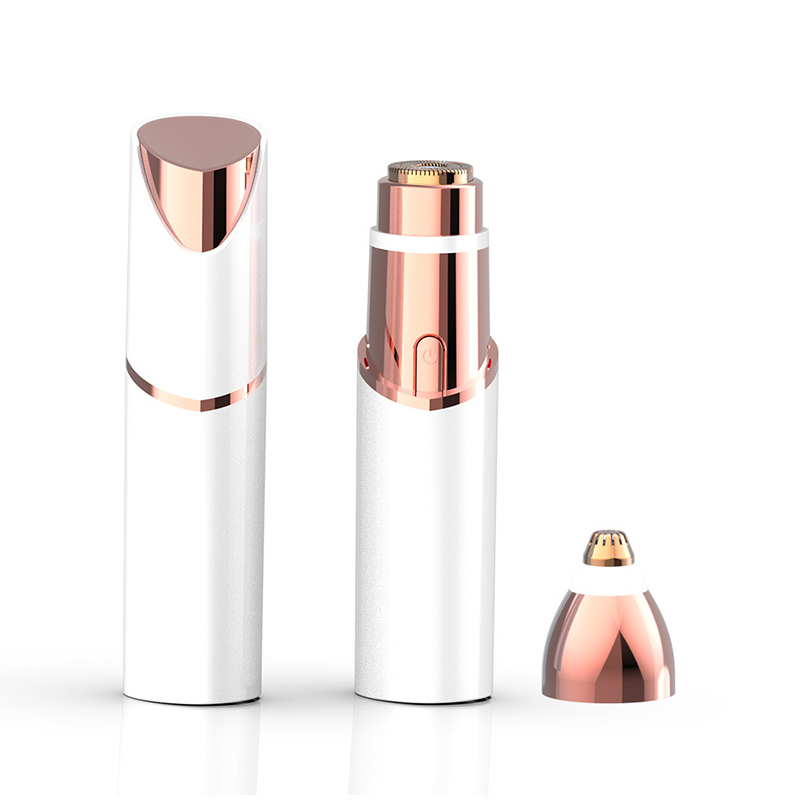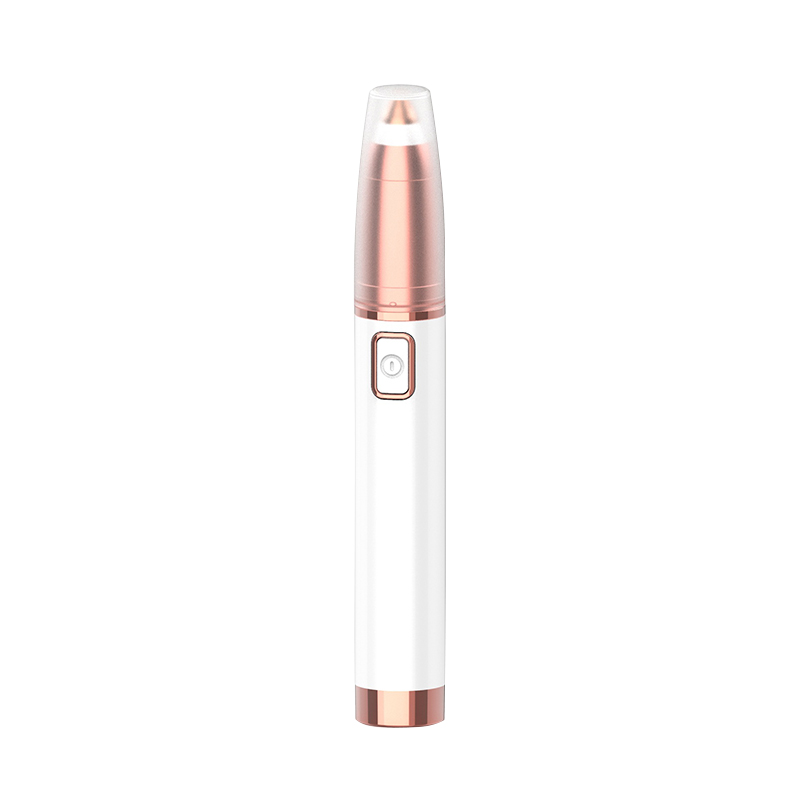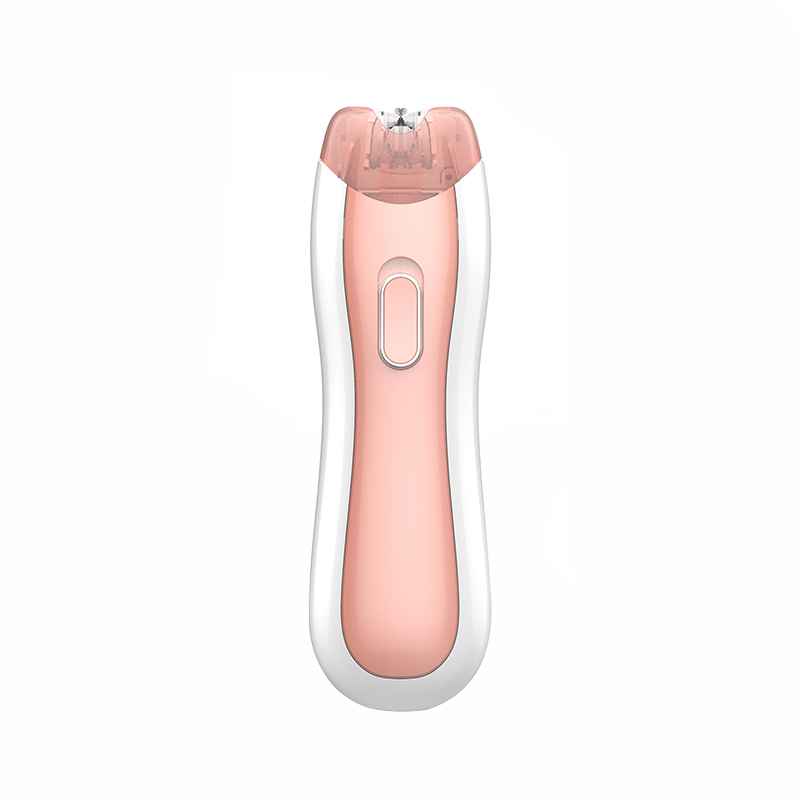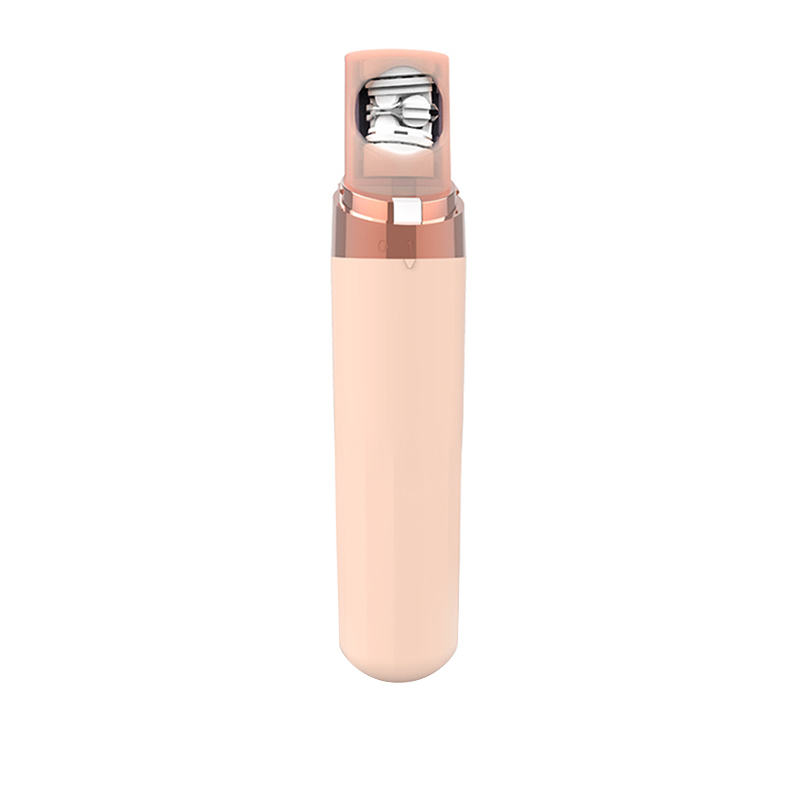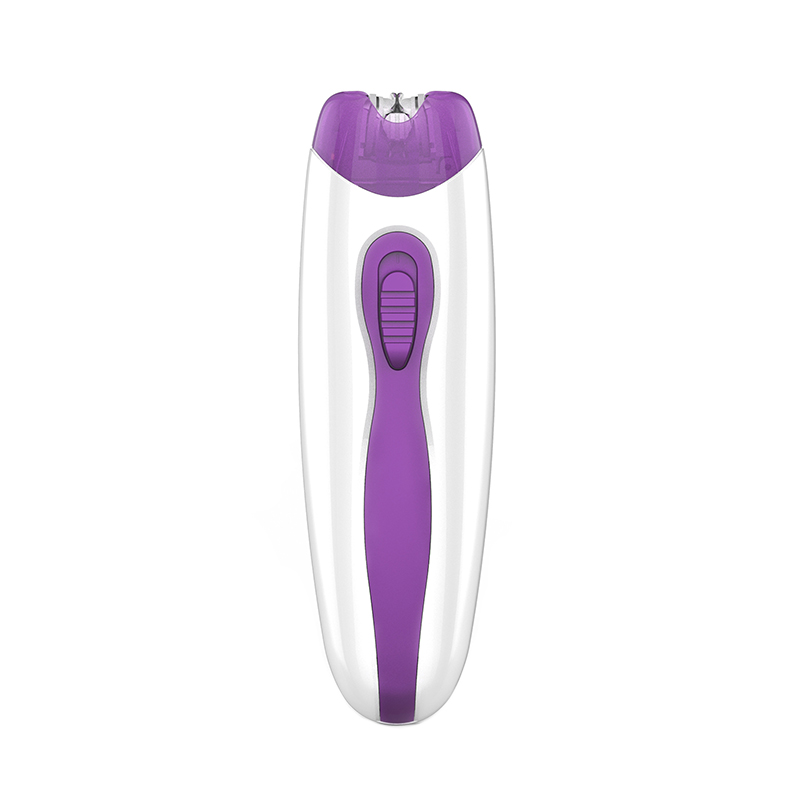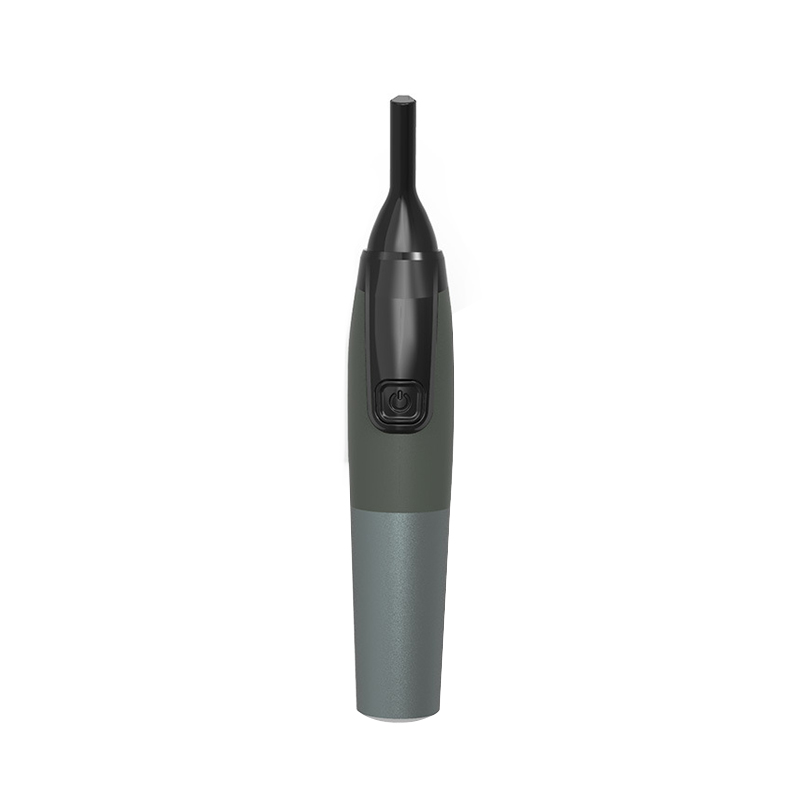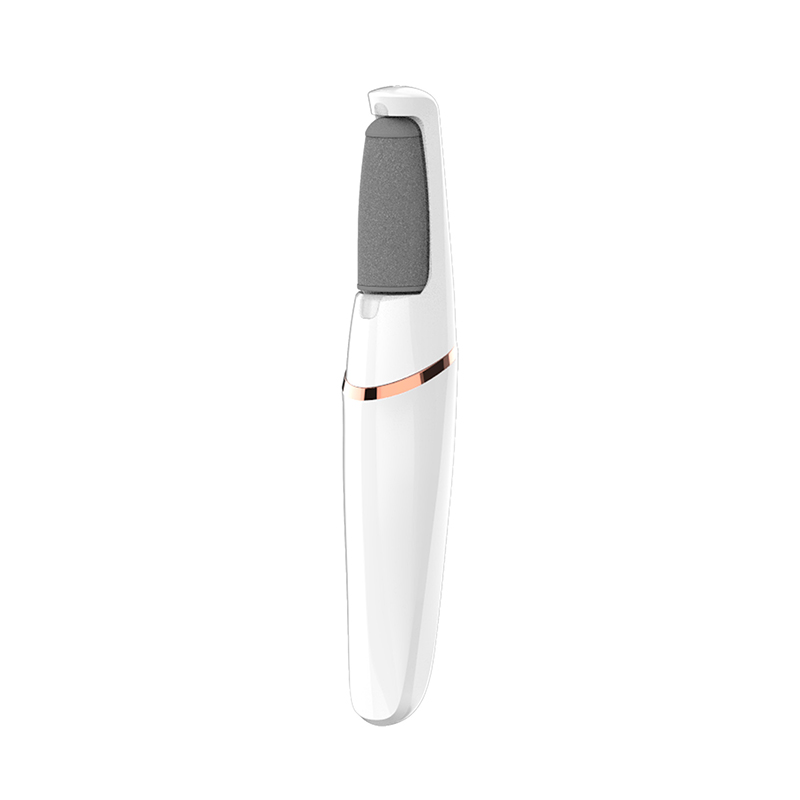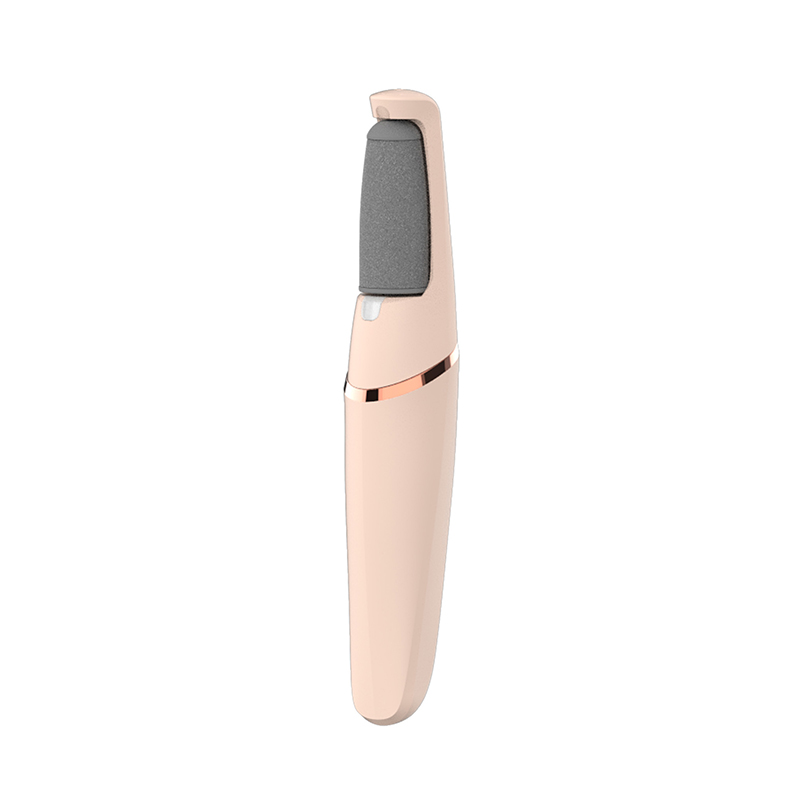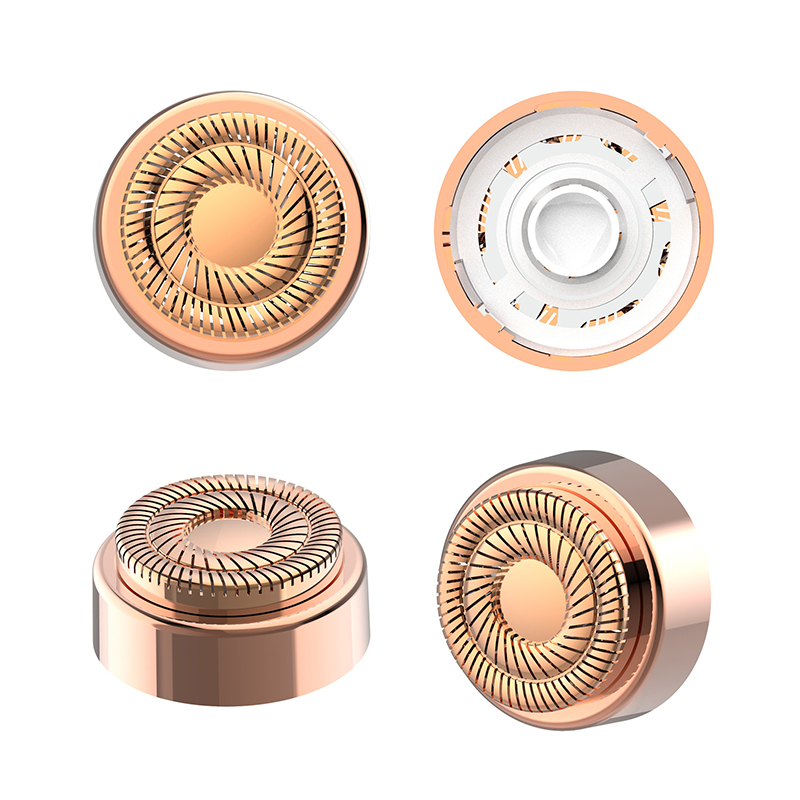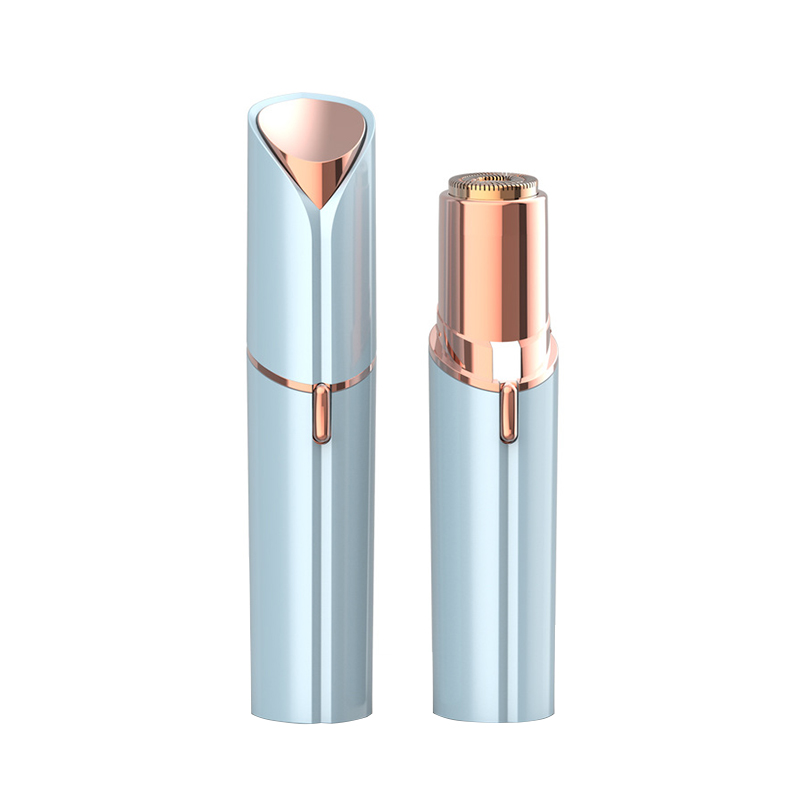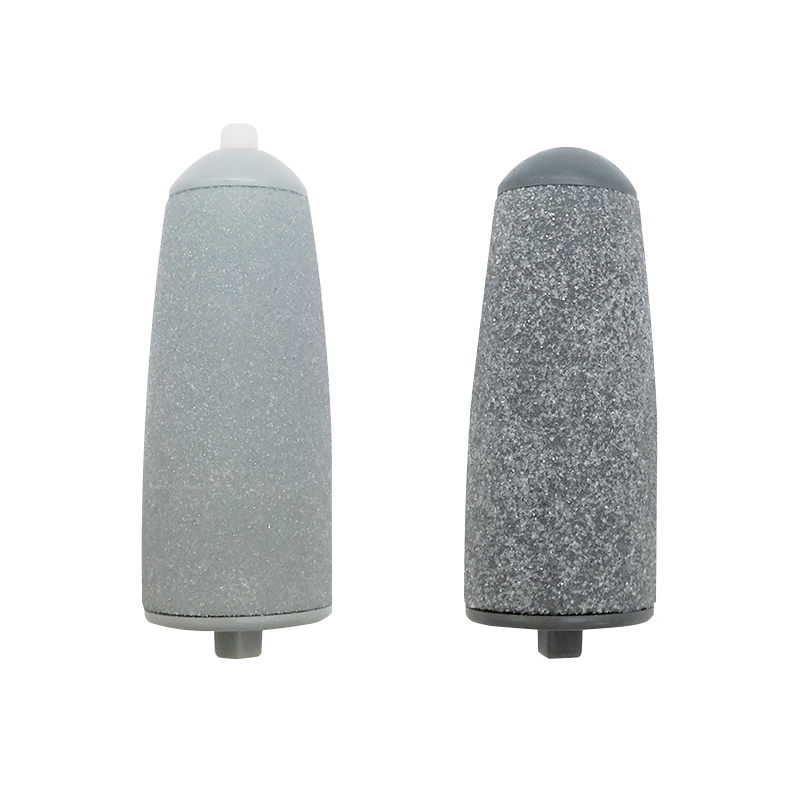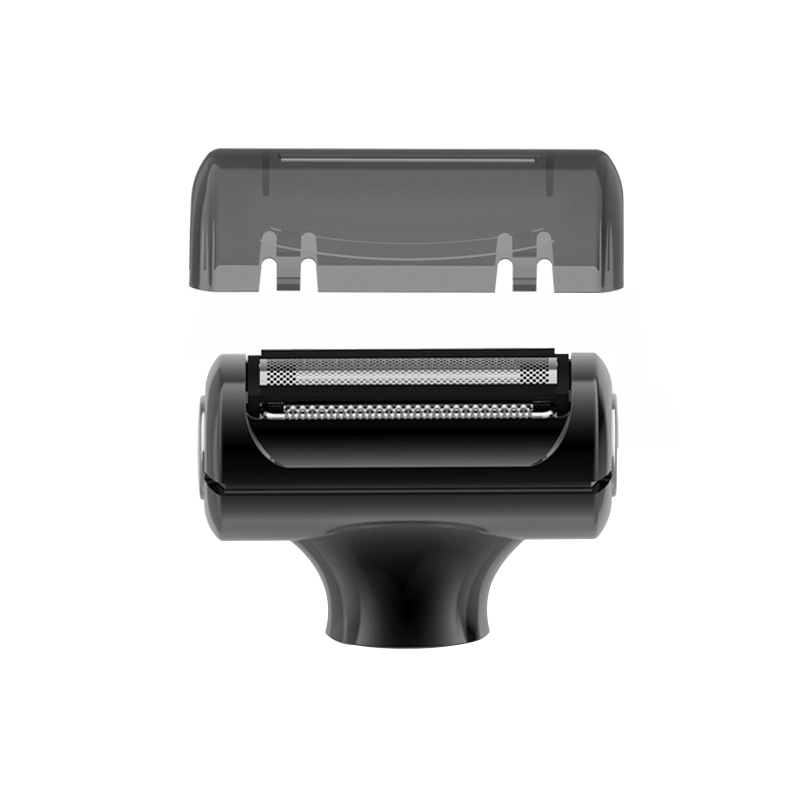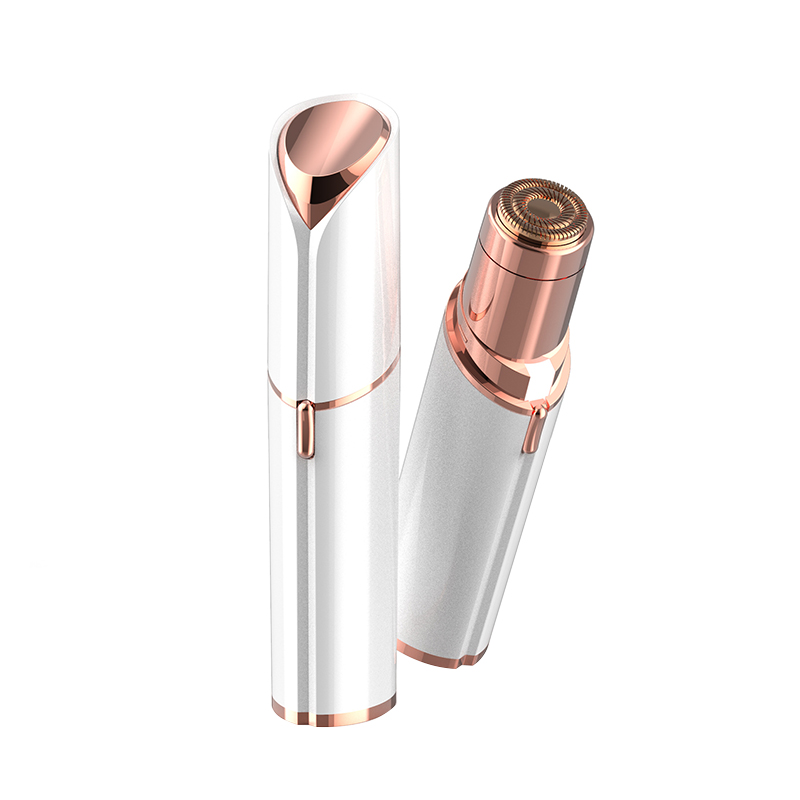Facial hair removal is a common grooming concern, and the choice between electric and manual tools often sparks debate. This guide examines key factors—effectiveness, precision, skin impact, and convenience—to help you make an informed decision.
Defining the Tools
- Electric Removers: Battery-operated devices using oscillating blades or rotating discs to cut hair at the skin’s surface. Examples include rotary shavers and precision trimmers.
- Manual Tools: Disposable razors or epilators requiring physical manipulation. Razors slice hair at skin level, while epilators (tweezers/wax) extract hair from the root.
Effectiveness Comparison
-
Precision and Closeness:
- Electric tools typically provide a close shave, reducing visible regrowth for 1–3 days. They excel at trimming coarse hair evenly.
- Manual razors can achieve slightly closer results temporarily but risk cuts and ingrown hairs. Epilators offer longer-lasting smoothness (up to 4 weeks) but may cause discomfort.
- Verdict: Electric tools balance efficiency and consistency; manual epilators win for longevity.
-
Skin Impact:
- Electric removers minimize irritation by avoiding direct friction. Built-in guards reduce razor burn risk, making them suitable for sensitive skin.
- Manual razors often cause nicks, while epilation (waxing/tweezing) can inflame follicles.
- Verdict: Electric options are gentler for daily use.
-
Time and Convenience:
- Electric devices complete full-face removal in 2–5 minutes with no water/shaving cream needed. They’re ideal for quick touch-ups.
- Manual shaving requires preparation (lathering, cleaning) and takes longer; epilation demands salon visits or technique mastery.
- Verdict: Electric tools save time for busy routines.
-
Cost and Sustainability:
- Electric removers have higher upfront costs (100) but last years with occasional blade replacements.
- Manual razors need frequent repurchasing; waxing kits incur recurring expenses.
- Verdict: Electric tools offer better long-term value.
Limitations
- Electric tools struggle with very short or fine hairs and require battery management.
- Manual epilators address root removal but aren’t viable for daily use due to pain and regrowth wait times.
How to Choose
- Opt for electric if: Speed, low irritation, and consistent results are priorities.
- Prefer manual if: You seek ultra-smooth skin for extended periods and tolerate discomfort.
Electric facial hair removers outperform manual razors in convenience, skin safety, and cost-efficiency over time. However, manual epilation remains unmatched for sustained hair reduction. Assess your skin sensitivity, pain tolerance, and grooming frequency to align with the right tool.



